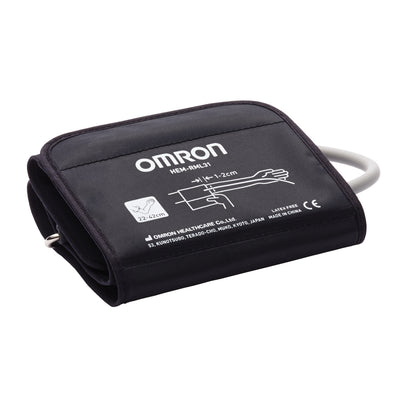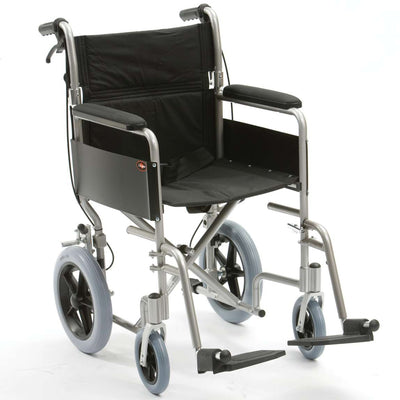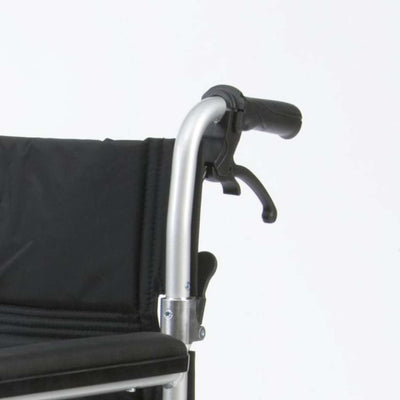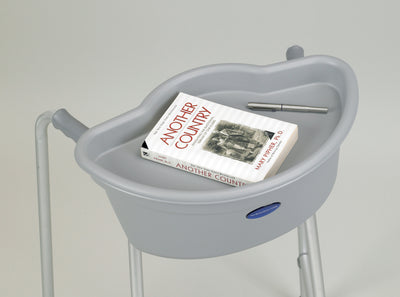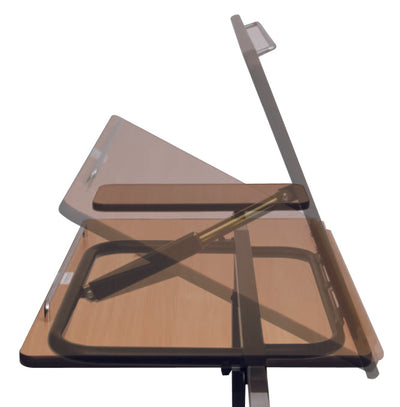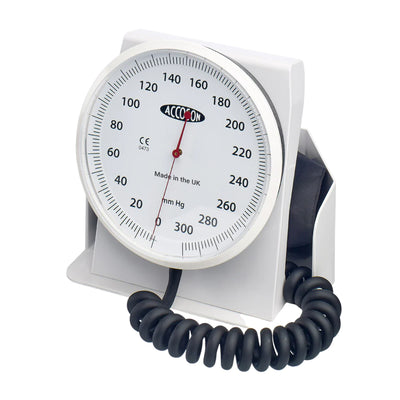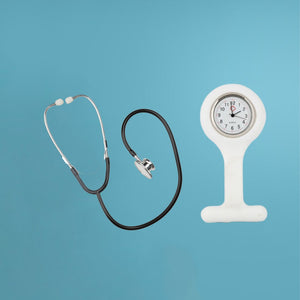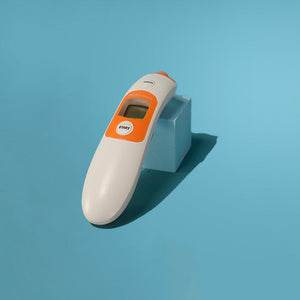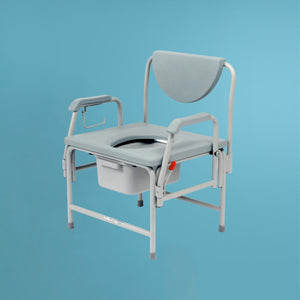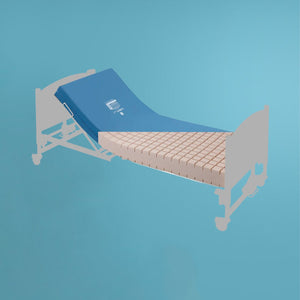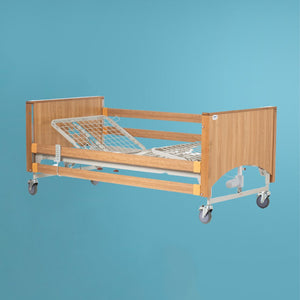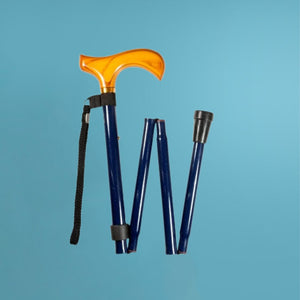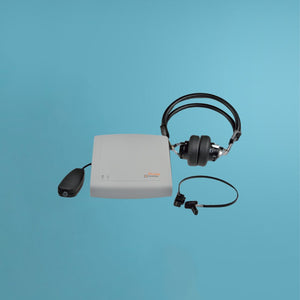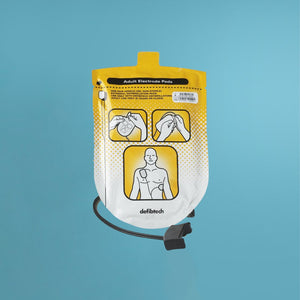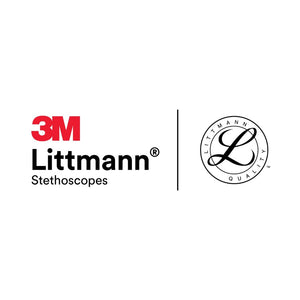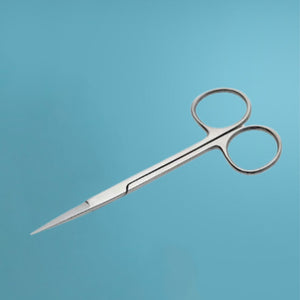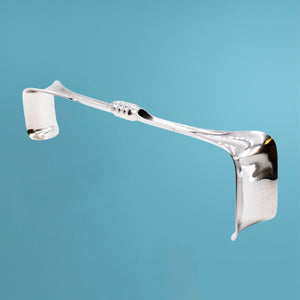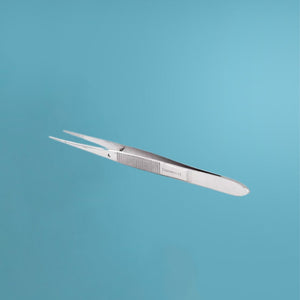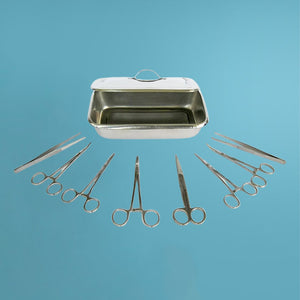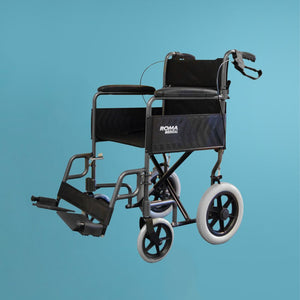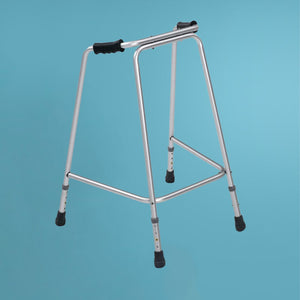How René Laennec Revolutionized Medicine
The stethoscope is an essential tool used in modern medicine to listen to the sounds of the heart, lungs, and other organs. But how did we end up with the iconic design of the stethoscope as we know it today?
The Emergence of the Stethoscope
To answer this, we have to go back to 1816. Where a French physician named René Laennec was examining a young woman who had symptoms of heart disease. During the examination, he was uncomfortable placing his ear directly on her chest, since this was the only way to listen to the heart at the time. So, he rolled up a piece of paper and used it to listen to her heart.
Believe it or not it worked!
He found that the rolled-up paper amplified the sounds, making them clearer and easier to hear. Inspired, René developed a wooden version of his idea and named his invention the “Stethoscope”. The word "stethoscope" comes from the Greek words "stethos" (chest) and "skopein" (to look at). A simple but effective name for this invention would take the medical field by storm!
Or so you would think. Initially, many doctors did not believe that the stethoscope was necessary. They preferred to listen to heart sounds with their ears. However, Laennec persisted and continued to refine his invention. His determination paid off and eventually his invention was widely accepted and adopted by medical professionals worldwide.
The Stethoscope's Role in Fighting Tuberculosis
The timing of the invention is also crucial to the story of the stethoscope.
Tuberculosis, also known as the white plague, was one of the deadliest pandemics of the 19th century. The disease was highly contagious and spread through the air when an infected person coughed or sneezed.
Stethoscopes were particularly important during this time. Doctors were able to diagnose and treat these diseases more effectively with the help of the stethoscope, by listening for tell-tale crackles and wheezes associated with tuberculosis, enabling them to make a quick and accurate diagnosis. This was particularly important in the early stages of the disease, where symptoms could be vague and difficult to identify.
Furthermore, it provided a means of monitoring the progress of the disease, enabling doctors to adjust treatment plans and improve patient outcomes.
The importance of the stethoscope during the tuberculosis pandemic cannot be overstated. It allowed doctors to diagnose the disease quickly and accurately, which was critical in limiting its spread.
The Stethoscope's Lasting Impact on Medicine
Laennec's invention revolutionized the way doctors examined patients. Before the stethoscope, physicians had limited ways to diagnose diseases. René Laennec's invention of the stethoscope marked a significant milestone in medical history, revolutionizing the way doctors examined patients and leading to improved diagnosis and treatment of diseases.
The invention of the stethoscope by René Laennec was a significant milestone in the history of medicine. It allowed doctors to listen to the body's sounds more accurately, leading to better diagnosis and treatment of diseases. The stethoscope rose to prominence and became a symbol of the medical profession.
To this day, the stethoscope remains an essential tool in the medical field. As technology continues to advance, the stethoscope's design and capabilities will likely evolve further, helping doctors provide even better patient care in the future.



